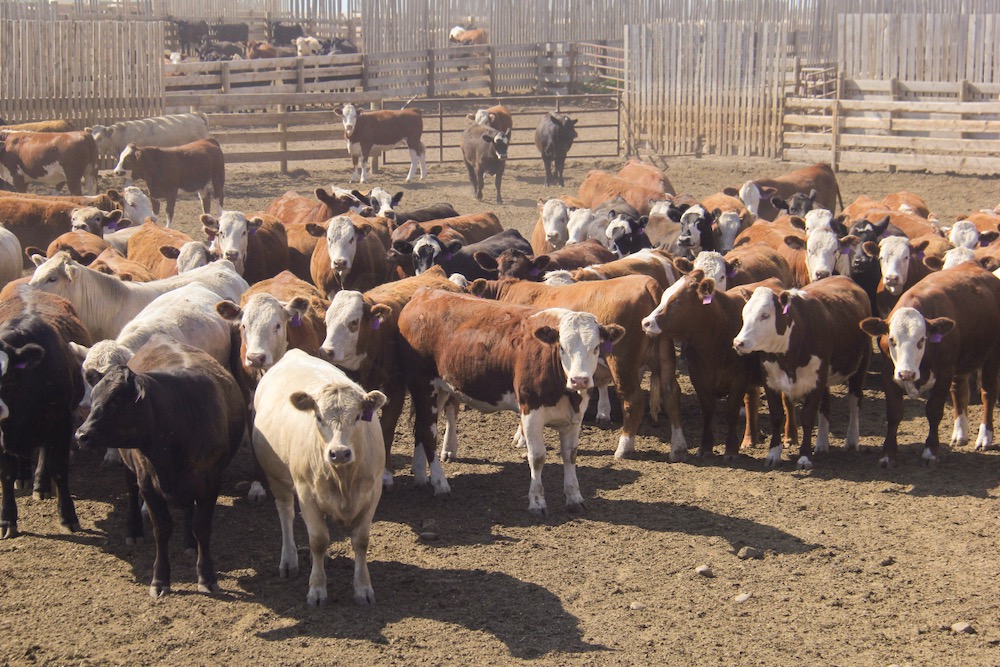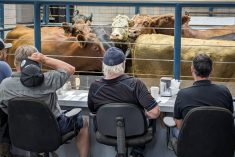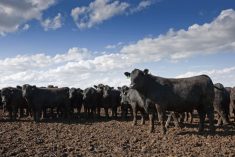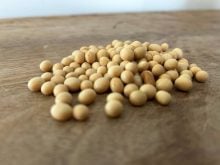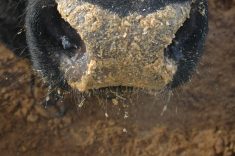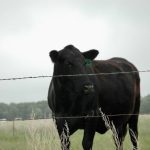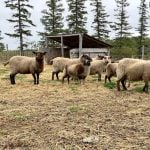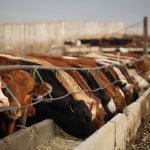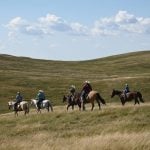Compared to last week, western Canadian yearling markets traded $2-$3/cwt on either side of unchanged. The steam appears to be coming off the market as larger volumes become available. Pastures have basically dried up in many areas of Western Canada, which has spurred on producer selling. The calf market was hard to define due to limited numbers.
Alberta packers were buying fed cattle in southern Alberta at $234/cwt f.o.b. the feedlot, down $5/cwt from three weeks earlier. Major operations continue to be aggressive on larger quality packages. There is significant open demand but margins are rather snug in the deferred positions. December, February and April live cattle futures have failed to move higher, which may be stemming the upside in the nearby feeder market. Comments from the industry reflect that certain feedlot operators are taking a “wait and see” approach. In some years, the yearling market tends to ease in September.
Read Also

U.S. grains: CBOT soybeans, corn, wheat fall in USDA data aftermath
Chicago grains took a dive on Friday, following a closely watched U.S. government crop report and the release of export data that could provide clues into Chinese buying.
The feature cattle are yearlings straight off grass. In central Alberta, Angus-based steers off grass with full health records, averaging 1,020 lbs., traded for $297. In southern Alberta, mixed larger-frame steers off the ranch weighing just over 1,000 lbs. sold for $305. North of Calgary, Simmental-based steers with full processing data weighing 926 lbs. dropped the gavel at $307 and similar-quality heifers weighing 870 lbs. were last bid at $298.
Near Lethbridge, Charolais-based steers with a scale weight of 810 lbs. reported sold for $334 and similar-weight and -quality heifers were valued at $304. In central Alberta, larger-frame mixed steers averaging 790 lbs. reached up to $350. In the same region, black heifers with a scale weight of 710 lbs. silenced the crowd at $313.
In east-central Alberta, tan steers averaging 723 lbs. charted the board at $355. In central Alberta, mixed heifers on oat and corn silage diet with full health data on the card at 640 lbs. traded at $325.
In central Saskatchewan, mixed short-weaned steers weighing just over 600 lbs. moved through the ring at $360. Southeast of Saskatoon, a small group of mixed steers weighing just over 500 lbs. touched $385. In the same region, a handful of mixed heifers scaled at 410 lbs. reportedly moved at $320.
The U.S. Department of Agriculture released its August WASDE (world agricultural supply and demand estimates) report on Friday. Third-quarter beef production was lowered by 105 million lbs. Fourth-quarter production was revised downward by 75 million lbs. This report was considered supportive for fourth-quarter fed cattle prices.




